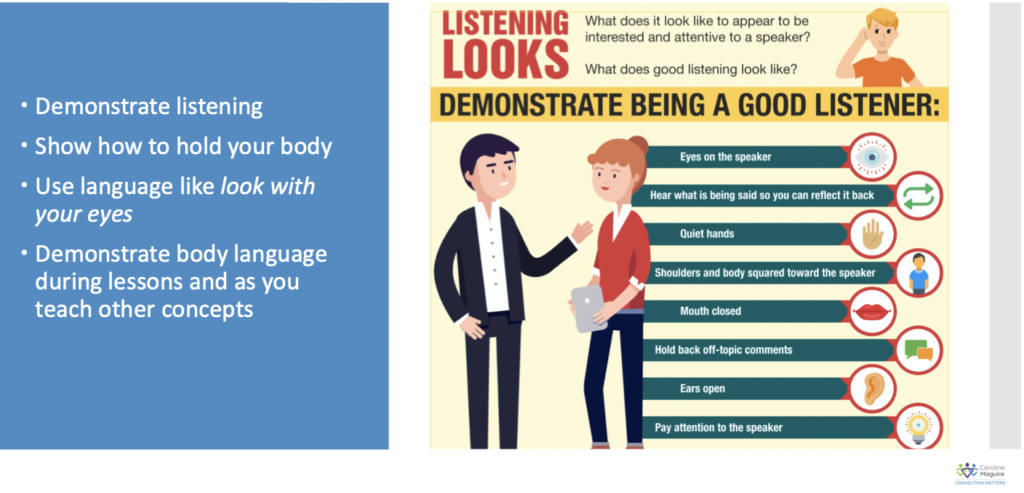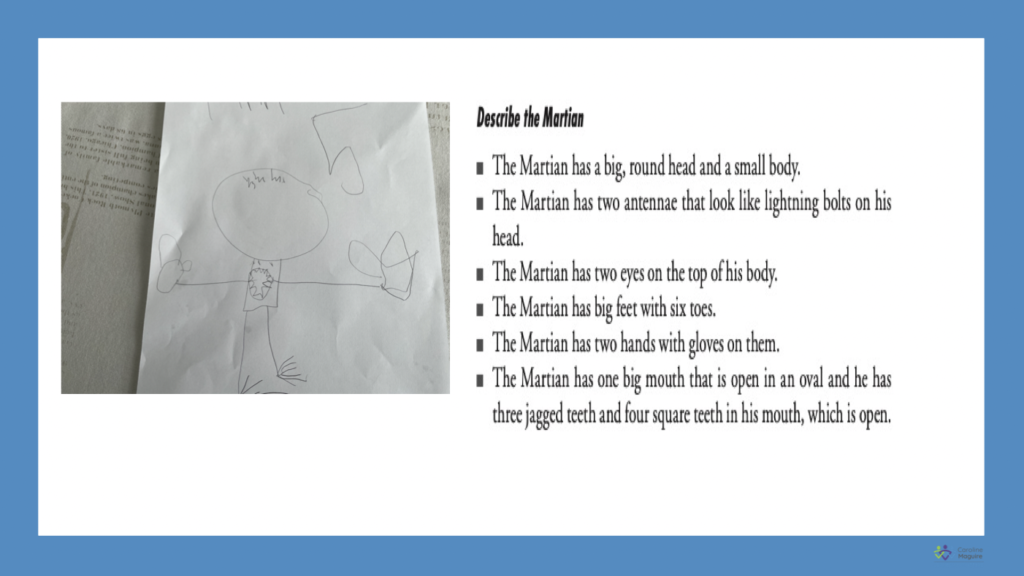How to Practice Mindfulness and Self-Care
A BIG shout out to those of you who answered my survey. Of particular note, it is apparent that many of you are exhausted and not practicing self-care. I am therefore dedicating this blog and newsletter to How to Practice Self-Care and Mindfulness in times of stress. I personally find the exercises below to be very helpful in helping to calm my inner turmoil.
We are all in this social crisis together!
If you haven’t filled out a survey, please consider doing so – it helps me better prepare content for you:
Survey for Parents
Survey for Educators
Survey for Adults
“How do you feel you are portraying yourself as a role model recently?”
Here are a few responses from Parents:
- “My weakness is being consistent and accountable.”
- “Not good.”
- “Could improve my own stress management and emotional regulation when irritated.”
- “Poorly.”
- “Lately I am very disappointed that I am angry all the time. AND, I am not being a good role model in how to handle or diffuse anger. I’m really bummed about it.”
- “I am not attending to my health but I honestly don’t think my kids notice.”
- “I did not have conflict management modelled for me so I’m struggling modelling for my children. Often the loudest/angriest/meanest person wins, and that is NOT the model I want for them.”
Here are a few responses from Educators:
- “Everyone is stressed out and there are no subs.”
- “Stress level is chronic and fluctuating. Discipline issues are up as well as soc/emotional needs for staff and students.”
- “I am exhausted, burnt out, frustrated, overworked, underpaid.”
- “I have many responsibilities and pressures and often feel overwhelmed.”
Free download for educators
Good Social Emotional News:
Interspersed in these comments are positive reflections – yay! So not all is doom and gloom, but the overall message I get is that most of us are on the cusp of exhaustion.
4 Valuable Mindfulness and Self-Care Exercises You Can Do Anywhere
1. 3 Minute Mindfulness Exercises
(as these exercises work especially well for people with ADHD – they will work well for everyone):
- Eat a box of raisins while noting the texture, sweetness, and plumpness of each raisin.
- Focus on your feet – are they warm, cold, heavy, light, tingling, tired, moving
- Count to 4 as you breath in through your nose. Count to 6 as you breath out through your mouth. Repeat.
- Hold your hand right in front of your belly. Breathe deeply until your belly moves out to touch your hand. Exhale. Repeat.
- Intentionally yawn. See how many times you make yourself yawn in a row.
- Do a quick body scan. Do you notice sensations in your toes, ankles, calves, knees, thighs, hips, belly, chest, arms, elbows, fingers, back, neck, chin, forehead, ears, top of your head?
- Unclench your jaw. Feel your tongue in your mouth. Relax your tongue as if it were liquid resting like a pool.
- Close your eyes. Relax your forehead.
- Squeeze your hands tightly into fists. Really clench them. Then, relax them with an out breath. Really let them be limp. Repeat.
- Listen for sounds in your area. Can you shift your attention from one to another?
- Try S.T.O.P. Stop by hitting the pause button on your activities. Take a breath. Observe yourself in the present moment. Proceed in an intentional way.
- Courtesy of Casey Dixon, PCC Mindfulness Expert
2. The Seven Big Benefits of Pausing for People with ADHD
Ultimately, the quality of life for individuals with ADHD is affected by their ability to pause and use self-restraint – essentially applying your mind’s mental brakes. Pausing is the difference between reacting with old patterns of negative behavior that result in dire consequences, versus consciously responding by discerning your optimal options -before taking action- which can lead to a better outcome.
The seven benefits are:
• Improved self-restraint
• Improved emotional intelligence
• Prompts to remember to mindfully breathe deeply
• Balance of the emotional and the rationale parts of your brain to reduce stress
• Redirection of intrusive, negative, and anxious thoughts
• Improved ability to discern and make optimal decisions
• Empowerment so you focus on what’s best in you
– Read more from David Giwerc, MCAC, MCC Founder/President of the ADD Coach Academy
– Read More about the importance of The Pause
3. Havening
Havening, the transitive verb of the word haven, means to put into a safe place.
This may be a new concept for many of you, yet some forms of this approach have been around for decades. Scarlett Lewis of the Choose Love Movement introduced me to this methodology and I am proud to say I have completed the training. I stand by the validity of this extraordinary neuroscience application whose benefits include the ability to release long standing problems, pain and disturbing memories. [Havening.org]
Start with Havening https://www.youtube.com/watch?v=4J8FI8I3rwg
4. Listening
Communication is more important than ever, yet we devote less and less time to really listening to one another. When you think about it, listening is a gift – the gift of time. It helps solve problems, build friendships and careers, save money and relationships, ensure understanding, resolve conflicts, develop resourceful, self-reliant kids and improve accuracy.
What could be more important?
10 Tips to Building Effective Listening Skills.

Step 1: Maintain eye contact
Turn your face toward your conversational partners. Set aside distractions and look at them even if they don’t look at you.
Step 2: Be present
Give the other person your full attention.
Step 3: Don’t Jump to conclusions
Listen without judging so you can better understand the other person’s thoughts and feelings.
Step 4: Create a picture
In your mind, imagine either a literal picture, or a mental model of what is being said so you can stay focused and informed.
Educators: An effective activity with your class is Drawing a Martian p. 200 from Why Will No One Play with Me?

Drawing a Martian p. 200 from Why Will No One Play with Me?
Step 5: Don’t interrupt and offer unwanted advice
Interrupting implies you are more important, busy, smarter, etc than they are. Wait for your turn to talk, and don’t jump in with solutions unless asked.
Step 6: Ask for clarification
I struggle with this one, but it is a great skill to have. If you are unclear about something, don’t interrupt mid-sentence. Instead wait for a pause and then ask ask for details.
Step 7: Don’t side rail the conversation
Ask questions that keep the conversation on track, not ones that can lead the speaker astray.
Step 8: Try to empathize
Convey empathy through your facial expressions and words. Empathy is the heart and soul of good listening.
Step 9: Reflect back
Restate instructions and messages to be sure you understand correctly.
Step 10: Look for nonverbal cues
Words convey only a fraction of the message. You can glean a great deal of information about each other without saying a word by tuning into the tone and cadence of the other person’s voice and body gestures.
The Importance of Mindfulness and Self-Care
I hope that these Self–Care and Mindfulness tips are of value to you. Please send me your feedback and suggestions. Making sure our own needs are met is as important as taking care of those we love most.

I was only diagnosed with ADHD quite recently now that I’m already an adult, so I’ve been finding it hard to deal with, especially when I’m working. It caught my attention when you said learning how and when to pause can help us improve self-restraint and how we react to old patterns of negative behavior. I’ll take note of this while I look for an ADHD coaching program I can try out soon.